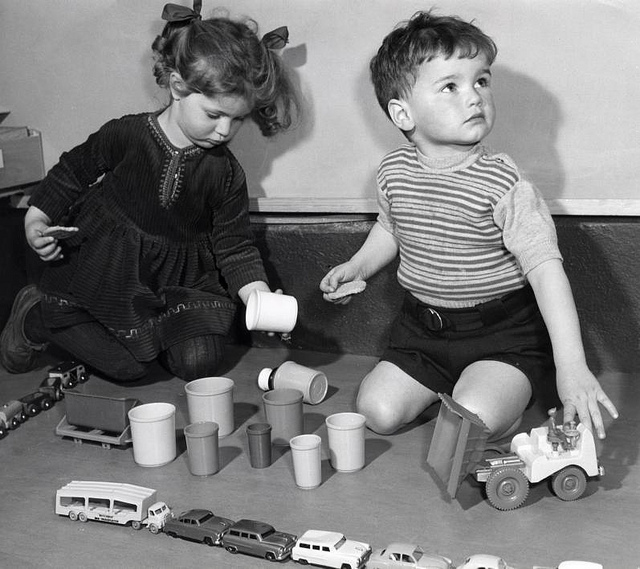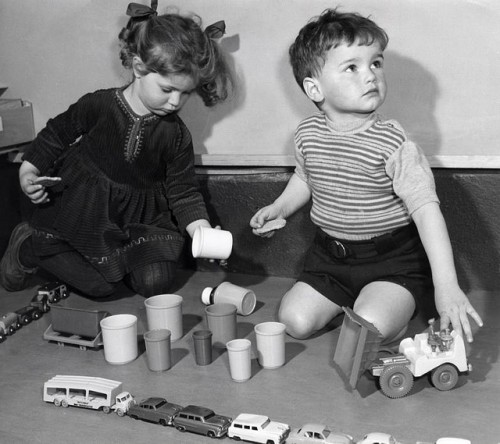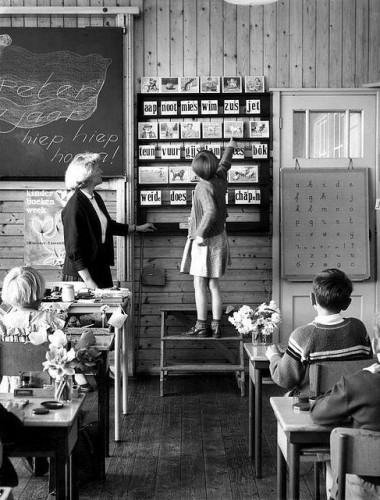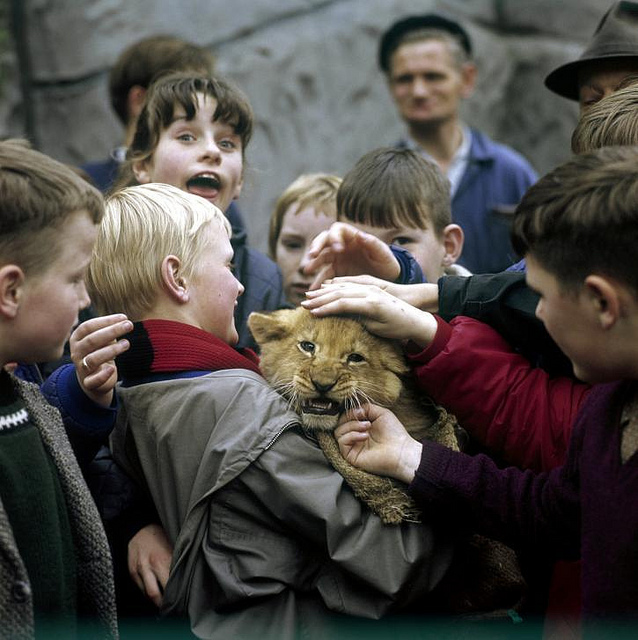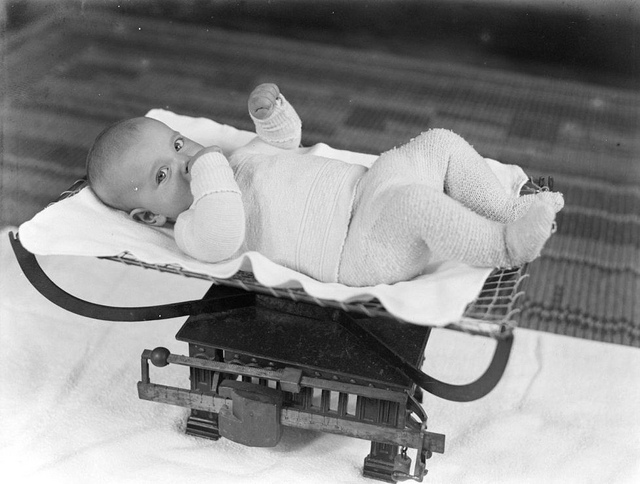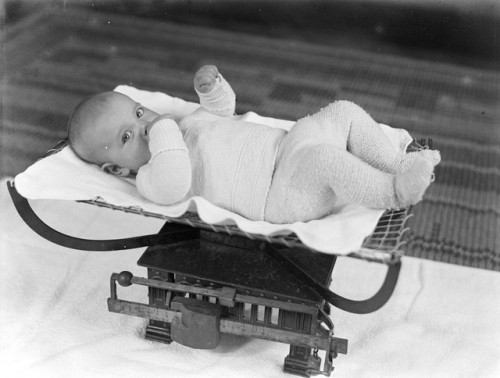Children with social and emotional behavioral issues often need interventions to succeed in the classroom. Some of the possible interventions include play and drama. Play therapy is based on the idea of letting children work through their problems in a technique they already feel comfortable with and use regularly, play (Newcomer, 2003). Drama therapy is a technique that uses both verbal and nonverbal communication, while children act out specific scenes from their lives (Newcomer, 2003).
Play Therapy
The strategy play therapy can be used with 3 to 12 year olds to help them coop with a traumatic issue and/or work through their problems. This technique can be beneficial to children who have issues socially connecting due to a disability or behavior.
Teachers can serve as a mediator between the students and their environment. The teacher will provide a variety of tools and make them available to the children. These tools can incorporate and help lead play therapy. The teachers will also make sure that the materials are developmentally appropriate. It is the teachers responsibility to provide time for play so that they can connect with the child and see them in a non-typical classroom like setting.
Play therapy should help children to develop more problem-solving skills, communication skills, and social skills. Teachers should make clear goals about play therapy, so they will know when it is being effective.
Drama Therapy
Drama Therapy is used to solve problems, explore unhealthy interactions, and help children emotionally cleanse themselves by acting out real life scenes.
Teachers can start with a warm up, to loosen children up and get the ready for bigger acting. This can include finger plays, songs, or simple improvisations. The lesson can include a wide range of games, like role0playing, mime, puppetry, improvisation, and theatrical. Teachers can conclude the session by helping students become aware of their attitudes and behaviors by asking “what” questions.
Teachers should set clear goals, so that it will be noted if the drama therapy is effective. An example of goals include: Explore Individual problems, teach social skills, teach coping skills, explore common problems associated with age group, conduct role training, explore social and cultural issues.
References
Newcomer, P. L. (2003). Understanding and teaching emotionally disturbed children and adolescents (3rd ed.). Austin, TX: Pro-ed.
